Chilli peppers are hot because of a compound called capsaicin. This chemical binds to pain receptors in your mouth, tricking your brain into sensing heat. In this guide, we explain the science behind capsaicin, how it affects your body, and provide practical tips to manage the heat.
The Science Behind the Burn: Capsaicin Unveiled
So why do some peppers make your eyes water while others are just a mild kick? The answer lies in a compound called capsaicin, found mainly in the white pith and seeds of the pepper. Capsaicin binds to receptors in your mouth that detect heat, tricking your brain into thinking you're eating something scalding hot.
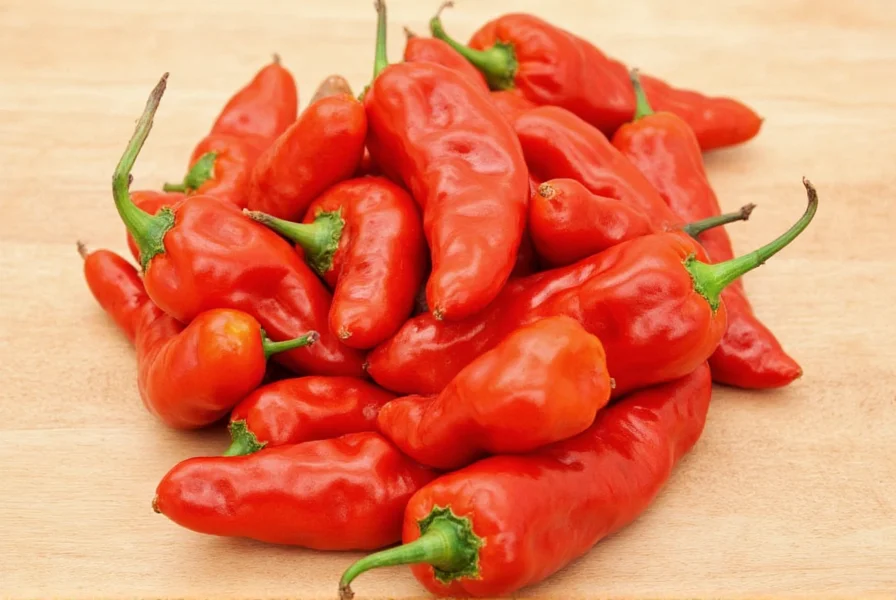
Interestingly, birds don't experience the same burn — they lack the receptor capsaicin targets. That's why wild birds can eat super-spicy peppers without flinching!
| Chilli Pepper | Capsaicin Level (mg per 100g) | Scoville Heat Units (SHU) |
|---|---|---|
| Bell Pepper | 0 | 0 SHU |
| Jalapeño | 0.02–0.10 | 2,500 – 8,000 SHU |
| Habanero | 0.75 | 100,000 – 350,000 SHU |
| Carolina Reaper | 1.6+ | 1,400,000 – 2,200,000 SHU |
Pepper Heat Levels: From Mild to Mouth-Blazing
Not all chillies are created equal. Some will give your food a gentle warmth, while others can make you reach for the milk faster than you can say "fire extinguisher." Here’s a breakdown of popular peppers and their Scoville Heat Units (SHU), the scale used to measure spiciness:

- Mild (0–5,000 SHU): Bell pepper, poblano, banana pepper
- Moderate (5,000–50,000 SHU): Jalapeño, serrano, Thai bird’s eye
- Hot (50,000–100,000 SHU): Cayenne, Mexican chili, Tabasco pepper
- Extreme (100,000+ SHU): Habanero, ghost pepper (Bhut Jolokia), Carolina Reaper
Pro tip: When cooking with hot peppers, always wear gloves! Capsaicin is oil-based and can linger on your skin long after chopping.
Cooling Down: Tips to Handle the Heat
Accidentally went too spicy? Don’t panic — here’s how to calm the fire:
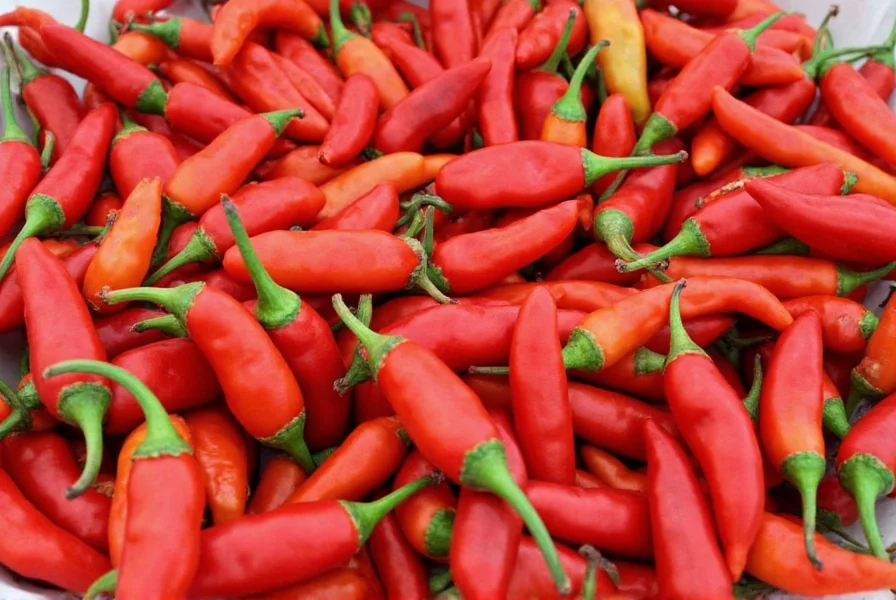
- Reach for dairy: Milk, yogurt, or ice cream can neutralize capsaicin due to casein protein.
- Avoid water: Water spreads the oil rather than washing it away.
- Eat carbs: Bread, rice, or tortillas can absorb some of the heat.
- Rinse your mouth: Swishing vegetable oil around your mouth can pull out residual capsaicin.
- Keep a cool towel handy: Pressing a cold compress to your forehead can help if the internal heat feels overwhelming.
Choosing the Right Chillies: A Buyer’s Guide
Whether you're making salsas, curries, or sauces, picking the right chilli matters. Here’s a quick buyer’s guide to help you choose based on flavor profile, heat level, and usage:
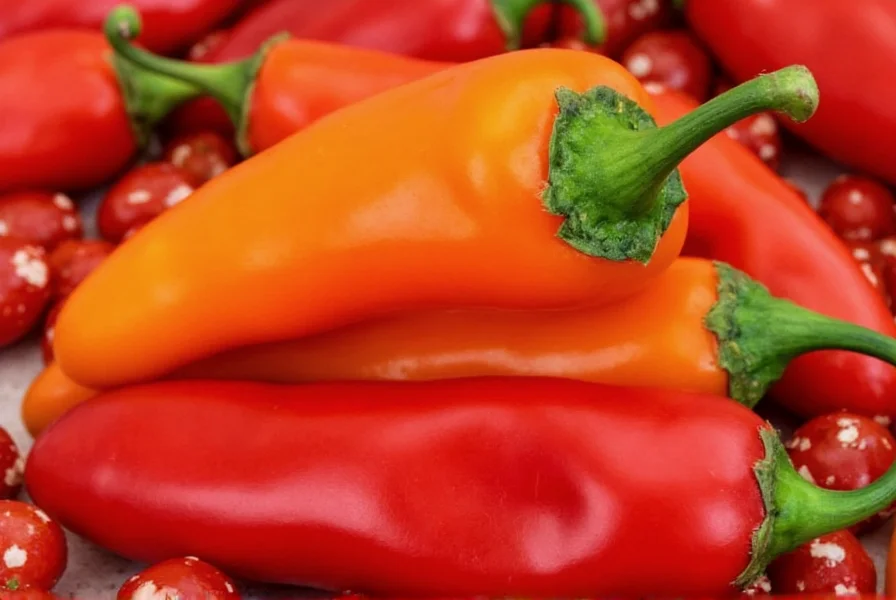
| Pepper Name | Heat Level | Flavor Notes | Best For |
|---|---|---|---|
| Bell Pepper | Mild | Sweet, crisp, vegetal | Stuffed dishes, salads, roasting |
| Jalapeño | Moderate | Grassy, bright, slightly smoky | Salsas, nachos, poppers |
| Habanero | Very Hot | Fruity, citrusy, floral | Hot sauces, Caribbean cuisine |
| Ghost Pepper | Extreme | Earthy, sweet upfront, then intense fire | Challenge recipes, extreme heat lovers |
| Shishito | Mild (with surprises) | Smoky, subtly bitter, grassy | Light frying, appetizers |
Cooking with Chillies: Pro Tips & Tricks
Want to cook like a seasoned spice lover? Try these techniques to enhance flavor and manage heat:
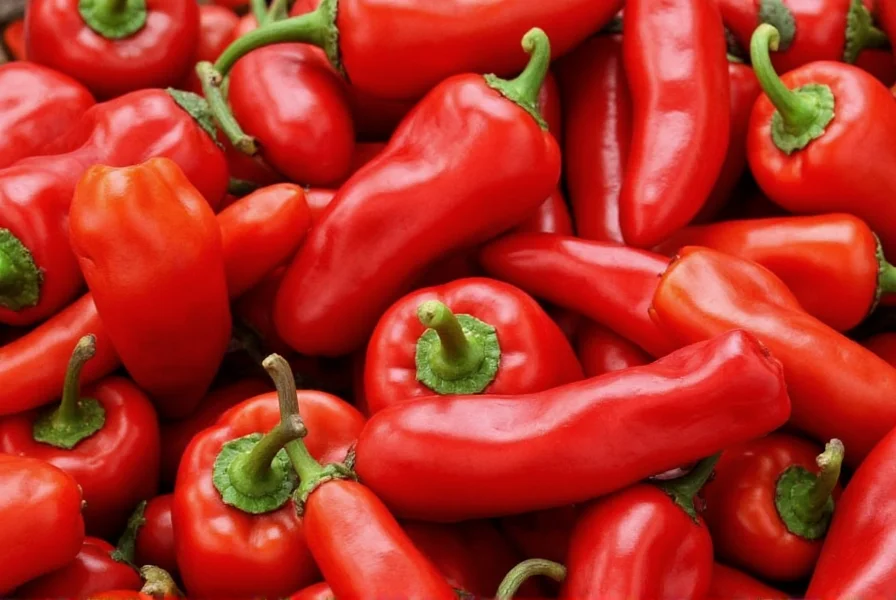
- To seed or not to seed? Removing seeds and inner membranes significantly reduces heat without sacrificing flavor.
- Dry vs. fresh: Dried peppers often pack more concentrated heat and earthier flavors; use them in stews, soups, or sauces.
- Toast them: Dry-roasting chillies before using enhances nutty depth and mellows out harshness.
- Infuse oils: Create homemade spicy oil by steeping sliced peppers in olive oil (store safely to prevent botulism).
- Balance with acid: Lime juice or vinegar can cut through rich, spicy dishes beautifully.
Frequently Asked Questions About Chili Pepper Heat
What makes chili peppers hot?
Chili peppers get their heat from a compound called capsaicin, which is concentrated in the white pith and seeds. Capsaicin binds to pain receptors in your mouth (called TRPV1 receptors) that normally respond to heat, tricking your brain into thinking your mouth is burning.
Why doesn't water help with spicy food?
Water doesn't help because capsaicin is oil-based and not water-soluble. Drinking water just spreads the oil around your mouth. Dairy products like milk work better because the casein protein binds to capsaicin and helps wash it away.
How is pepper heat measured?
Pepper heat is measured using the Scoville Heat Unit (SHU) scale, which determines how much sugar water is needed to dilute the pepper extract until the heat is no longer detectable. Modern labs use high-performance liquid chromatography (HPLC) for more precise measurements, then convert the results to Scoville units.
Are hotter peppers less flavorful?
Not necessarily. Many of the hottest peppers like habaneros and ghost peppers have complex, fruity, floral flavors that are appreciated in cuisine. The heat often comes in waves, with the flavor notes becoming more apparent after the initial burn subsides.
Can you build tolerance to spicy food?
Yes, regular consumption of spicy foods can increase your tolerance. This happens because capsaicin temporarily desensitizes the TRPV1 receptors. Over time, your body may produce more receptors, but they become less responsive, allowing you to handle more heat.
Why do birds not feel the heat from chili peppers?
Birds lack the specific TRPV1 receptors that capsaicin binds to in mammals. This is an evolutionary adaptation that allows birds to eat chili peppers and disperse the seeds (which pass through their digestive system unharmed), while mammals tend to crush seeds when they chew.
Does cooking affect the spiciness of peppers?
Cooking can both increase and decrease perceived heat. Raw peppers often have a sharper, more immediate heat, while cooking can mellow the initial burn but make the heat last longer. Drying peppers concentrates the capsaicin, making them significantly hotter than their fresh counterparts.
How can I reduce the heat of a dish that's too spicy?
To reduce spiciness in a dish: add dairy (milk, yogurt, cheese), increase sweetness (sugar, honey), add acid (lime juice, vinegar), or incorporate starches (rice, bread, potatoes). You can also dilute the dish by adding more of the non-spicy ingredients.
Conclusion: Embrace the Fire, Master the Spice
Now that you know what makes chilli peppers hot, you’re ready to explore the vast world of fiery flavors with confidence. Whether you're chasing a subtle warmth or a full-blown inferno, understanding the role of capsaicin and choosing the right peppers opens up a universe of culinary possibilities.
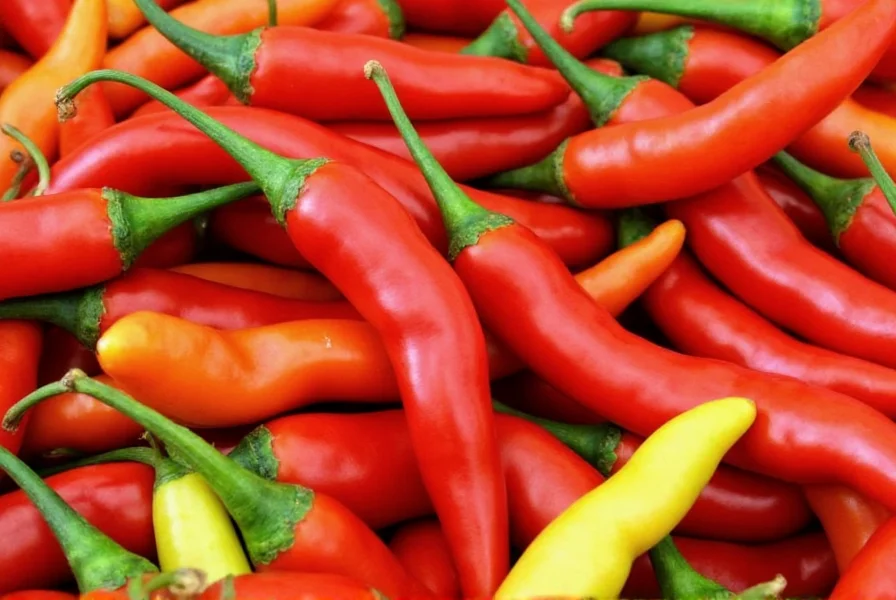
From selecting the perfect pepper at the market to taming the flames in your own kitchen, remember: spice isn't just about pain — it's about pleasure, culture, and creativity. Now go forth, season boldly, and enjoy every single bite.

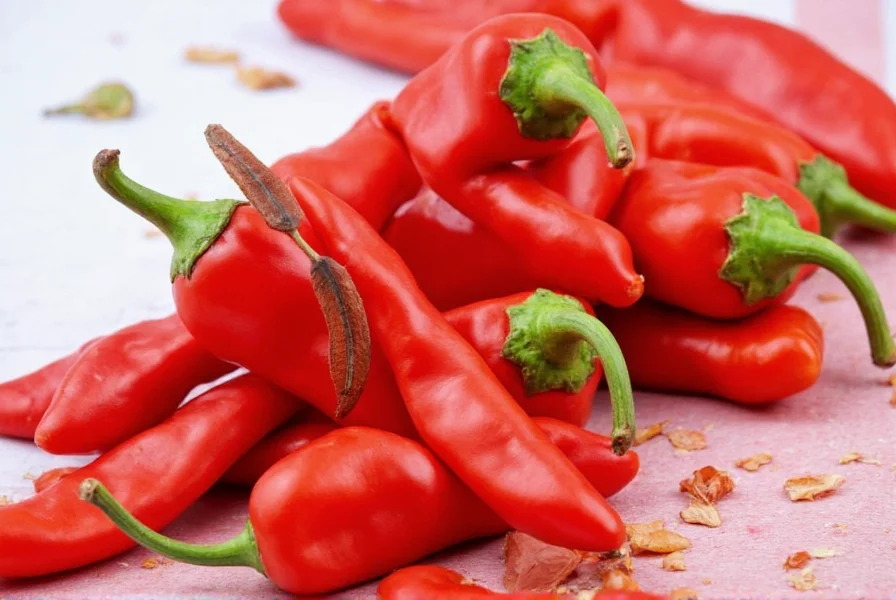









 浙公网安备
33010002000092号
浙公网安备
33010002000092号 浙B2-20120091-4
浙B2-20120091-4